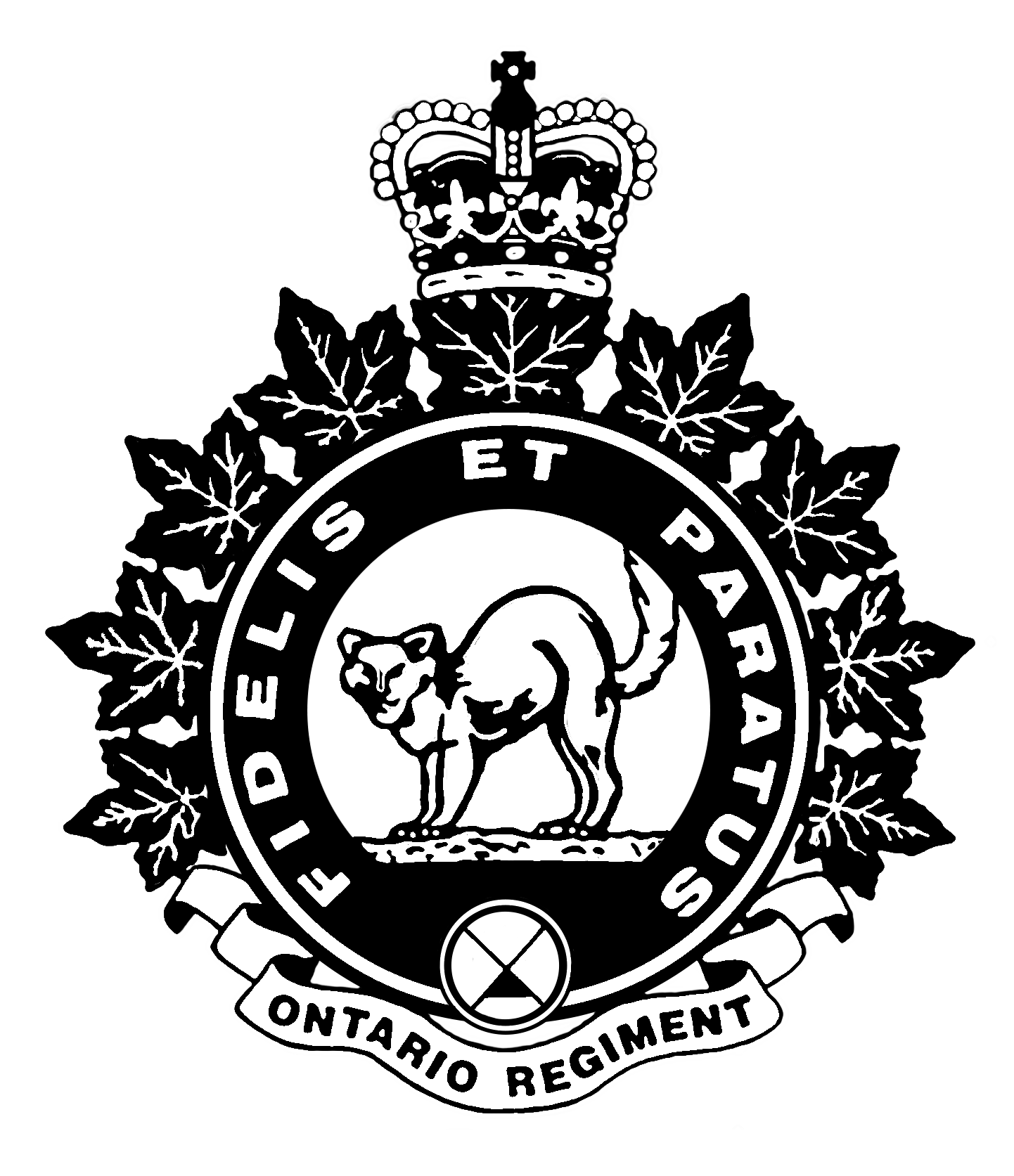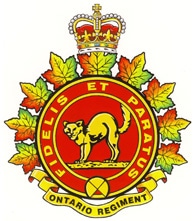Fred Palmer was the second of the five 116th Battalion Sergeants-Major and was the longest serving. He is also the one BSM that the most biographical information available as he was interviewed in 1963 for the CBC Radio series “In Flanders Fields”.
Frederick Charles Palmer was born in 1883 in Longford, Ireland. He served as a scout with the British Army in South Africa during the Boer War.
Palmer was single, living in Oshawa, and working as a sanitary inspector for the town of Oshawa at the outbreak of the First World War. He held off joining the Canadian Expeditonary Force until the 116th Battalion began recruiting in Ontario County in late 1915. His attestation paper shows that he signed up on December 7, 1915. Being from Oshawa, he was assigned to “D” Company. His past service was recognized and was assigned to an NCO’s course and promoted to Sergeant.

As of January 1, 1916 he was named as “D” Company Sergeant-Major. His first task was to visit two soldiers who had been arrested for drunkenness the night before. Palmer soon recognized that the men were veterans of the British Army by the campaign ribbons they were wearing. He heard their side of the story, arranged for them to get breakfast and ordered them to get cleaned up for the day. As Palmer was leaving, one of the soldiers wanted to speak with him. Palmer asked what the soldier wanted and the man replied, “Thank Christ we got a real soldier.”
Palmer spent the next several months training his company in Oshawa and then at Camp Niagara. The 116th Battalion embarked for England on July 23, 1916. On that same day Palmer was called before Battalion Commanding Officer, Lieutenant-Colonel Sharpe, who asked Palmer to take the job of Battalion Sergeant Major. Palmer was taken aback as Warrant Officer II William R. Hole was already the BSM. Hole was not recommended to be BSM overseas as he did not have the qualifications. Instead, he reverted to Company Sergeant Major. Palmer was hesitant to take the position but Sharpe told him that if he didn’t take it, then someone from the British Army would be brought in for the position. Palmer agreed to become BSM but only if Hole agreed because Palmer recalled that Hole was “an awfully nice fellow”. Hole understood the situation and Palmer became the Battalion Sergeant Major.
Warrant Officer I F.C. Palmer was the 116th Battalion Sergeant Major during the battalion’s time in England and its arrival in France. His time as BSM also included the major raid near Avion in July 1917 and the battle of Passchendaele.
In December 1917 he was posted to England for officer training and was commissioned on March 24, 1918. He never returned to the 116th Battalion and spent the remainder of the war in the 8th Reserve Battalion training reinforcements. Following the war he stayed in England for a number of months, first studying Public Health and Sanitation at the Royal Sanitary Institute and then posted to Camp Witley until he embarked for Canada on July 15, 1919.
Upon returning to civilian life Palmer took a job as Engineering Superintendent of Waterworks for the town of Bowmanville. He rejoined the 34th Ontario Regiment in late 1919 and was present when the Regiment was reorganized after the war. He served as Adjutant from 1922-1925 and retired as a Captain.
Fred Palmer married Gladys Nobbin of Galt, Ontario on July 31, 1920 in York. They had two children, Joan and James. After his retirement he was a regular attendee at the 116th Battalion reunions. Fred Palmer passed away in Toronto on May 5, 1969.
Rod Henderson
Rod Henderson is the Regimental Historian of the Ontario Regiment. He served as a Sergeant in the Regiment and is the author of “Fidelis Et Paratus: The History of The Ontario Regiment RCAC”.


